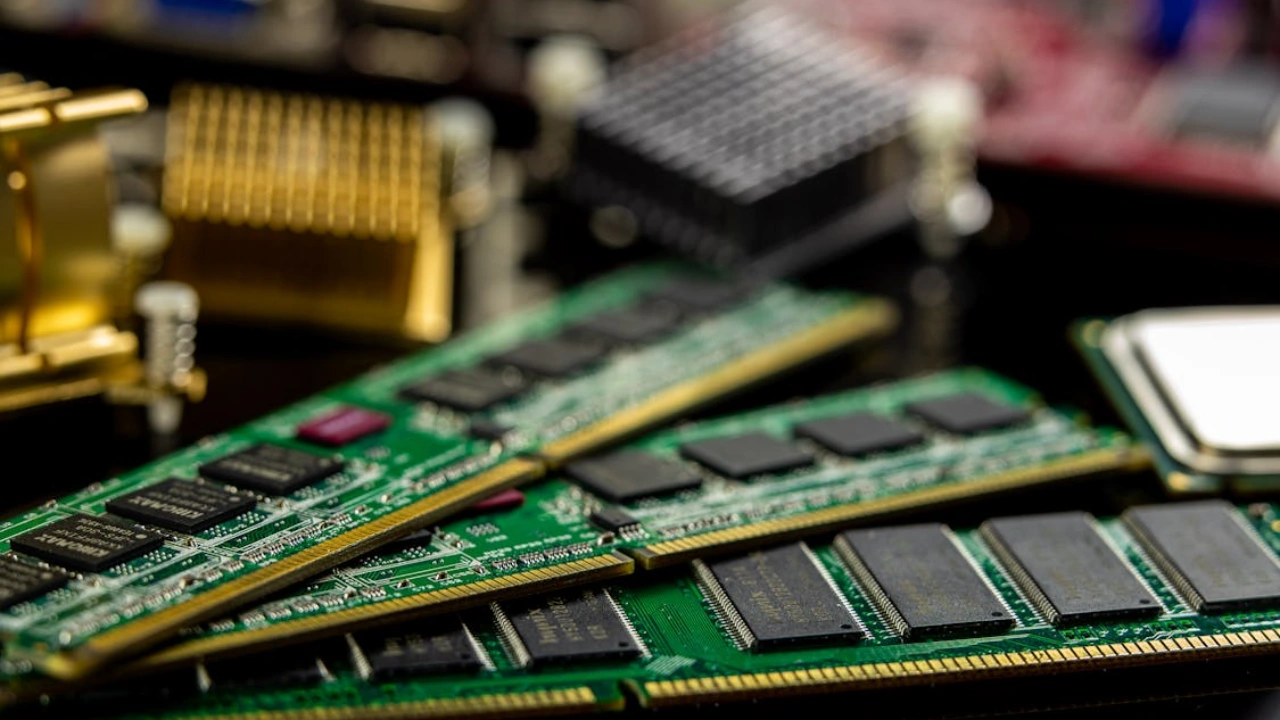Copyright scmp

The first in-person summit between Chinese and American leaders since US President Donald Trump’s return to office marked a symbolic reset in the balance of power between the two rivals, yielding a time-bound agreement to pause escalation in their intensifying trade conflict. From freezing new tariffs and rare earth export controls to resuming key US agricultural exports and pledging cooperation on Ukraine, both sides achieved tactical de-escalation in the Thursday meeting, allowing each to claim a win despite a lack of strategic breakthroughs, according to observers. For Trump, fresh from signing critical minerals pacts with Japan and South Korea and nearing the end of an Asia tour aimed at reasserting American influence in the Indo-Pacific, the summit offered a chance to project strength and leadership on the global stage. He hailed his “great success” in the 100-minute meeting with President Xi Jinping in Busan, South Korea – their first encounter since 2019 – while describing his Chinese counterpart as “a well-respected great leader” and a “good” friend of many years. Notably, Trump referred to China as “the biggest partner of the United States” and earlier in the day framed the talks as a “G2 summit”, signalling a recognition of Beijing as Washington’s peer as a superpower. Xi, having just concluded the Communist Party’s fourth plenum, also projected confidence. He arrived with a renewed mandate for China to achieve technological self-reliance and become a global maritime power amid slowing growth and internal pressures. “We have no intention to challenge or supplant anyone. Our focus has always been on managing China’s own affairs well,” he told Trump, according to state news agency Xinhua. Emphasising that China’s economic development continued to have “good momentum” despite mounting socio-economic pressures, Xi added: “We have the confidence and capability to navigate all kinds of risks and challenges.” Sourabh Gupta, a senior policy specialist with the Institute for China-America Studies in Washington, said Beijing might be content to leave Busan “with nothing but a rekindled bilateral relationship that is back on the rails and Trump adequately satiated”. Noting the low expectations surrounding the summit, Gupta said its main aim was to stabilise the bilateral trade relationship, which “in turn requires a modus vivendi on their technology competition – best exemplified by the recent truce in Kuala Lumpur on export controls, following the latest round of tit-for-tat measures”. “The primary purpose of the [meeting] in China’s mind is to once again construct an amicable and personality-rooted relationship with a new American president – who happens to be a familiar old American president with a weakness for Xi,” he said. He added that Beijing also hoped that the message would “telepathically” get across to Trump that “if he wants a mouth-watering market access-related trade deal on the lines of the ‘phase one’ agreement of January 2020 when he visits China next year, then he must learn to rein in his Commerce Department from imposing ever-harsher export controls on China’s AI and semiconductor sectors”. Yun Sun, director of the China programme and co-director of the East Asia programme at the Stimson Centre in Washington, described the outcomes as “positive”. “There has not been a meeting between a Chinese president and his American counterpart that crashed and burned, ever. Groundwork has been laid for this to be a productive and positive meeting,” she said, pointing to the framework agreement on trade reached in Kuala Lumpur over the weekend. “Both sides will get something but not everything. That means leverages, and more negotiations down the road.” While the summit represented a shared willingness to re-engage after years of tit-for-tat escalation, Shen Dingli, a Shanghai-based professor of international affairs, noted that its modest outcomes were largely in line with public expectations. “Both sides made concessions and achieved some results. I don’t believe either side truly emerged as a winner,” he said. “US-China relations are currently in a new cold war, marked by deep mutual distrust and hostility. At best, this was a ‘no-loss’ outcome for both.” The meeting followed months of escalating tariff tensions since April, with Trump threatening to impose additional 100 per cent tariffs on Chinese goods alongside tighter restrictions on semiconductor technologies, while Beijing responded with curbs on rare earth exports. Both sides would face serious consequences if the tariff war escalated and China continued its rare earth export controls, according to Shen. “The key issue now is whether the outcomes can be implemented and whether both sides will honour the agreement,” he said, noting that some in the US believed China had a track record of not fulfilling its commitments. “So the enforcement of this deal remains to be seen.” But he questioned Trump’s claim that Xi had agreed to cooperate more on seeking an end to the war in Ukraine. China insists it is a neutral party in the conflict. But Beijing has never denounced Russia’s invasion and has edged closer to Moscow amid an intensifying feud with Washington. “China’s position has not changed. China has previously stated that it cannot afford a Russian defeat, while the US cannot accept a Ukrainian defeat. Therefore, the notion of ‘cooperation’ is likely more of a symbolic gesture than a substantive shift,” he said. Shi Yinhong, a professor of international relations at Renmin University in Beijing, also said Trump’s statement was “almost certainly exaggerated”. He noted that, according to a Reuters report from a week ago, several major Chinese state-owned oil companies had temporarily suspended purchases of seaborne Russian crude oil in the lead-up to the Busan summit. “So cooperation is possible, but it doesn’t mean it will be lasting,” he said. “In other words, China could be willing to make temporary sacrifices with Russia to create the appearance of a thaw in US-China relations.” Shi said that while Trump’s mention of “G2” – an idea dating back to the Obama era – was notable, its significance should not be overstated. “That’s Trump. Despite his bluster, his strategic thinking is clear: he leans on America’s overwhelming military power, the dominance of the US dollar, and the reality that every country needs access to the American market,” he said. He added that no US leader had ever defined what G2 actually meant. “Does it imply China and the US are equals? If so, they would have embraced Xi’s long-standing proposal that the Pacific is wide enough for two major powers. But in reality, they’ve never accepted that idea,” he said. Shen echoed this scepticism, saying China had previously rejected the G2 concept and was likely to do so again. “China seeks leadership status equal to the US, but is unwilling to shoulder the same global responsibilities. It may also see Trump’s G2 rhetoric as a way to leverage China’s influence to boost America’s global standing.” Looking ahead, Shen predicted that both sides would accelerate efforts towards self-reliance and reduce strategic dependence on each other. “If existing mechanisms can keep US-China relations stable for a few months, that would already be a success,” he said. Gupta highlighted the absence of renewed dialogue mechanisms, particularly military-to-military exchanges. “Now that a rough-and-ready stabilisation of the trade and tech relationship seems to be taking hold, the leaders-level meeting is the ideal jumping off point to start building out a number of dialogue mechanisms, like the diplomatic and security dialogue, the comprehensive economic dialogue, the law enforcement and cybersecurity dialogue and the social and people-to-people dialogue during Trump 1.0,” he said. “A building out of dialogue mechanisms would in fact be a marker by which to judge the success or importance of this Busan meeting.”



